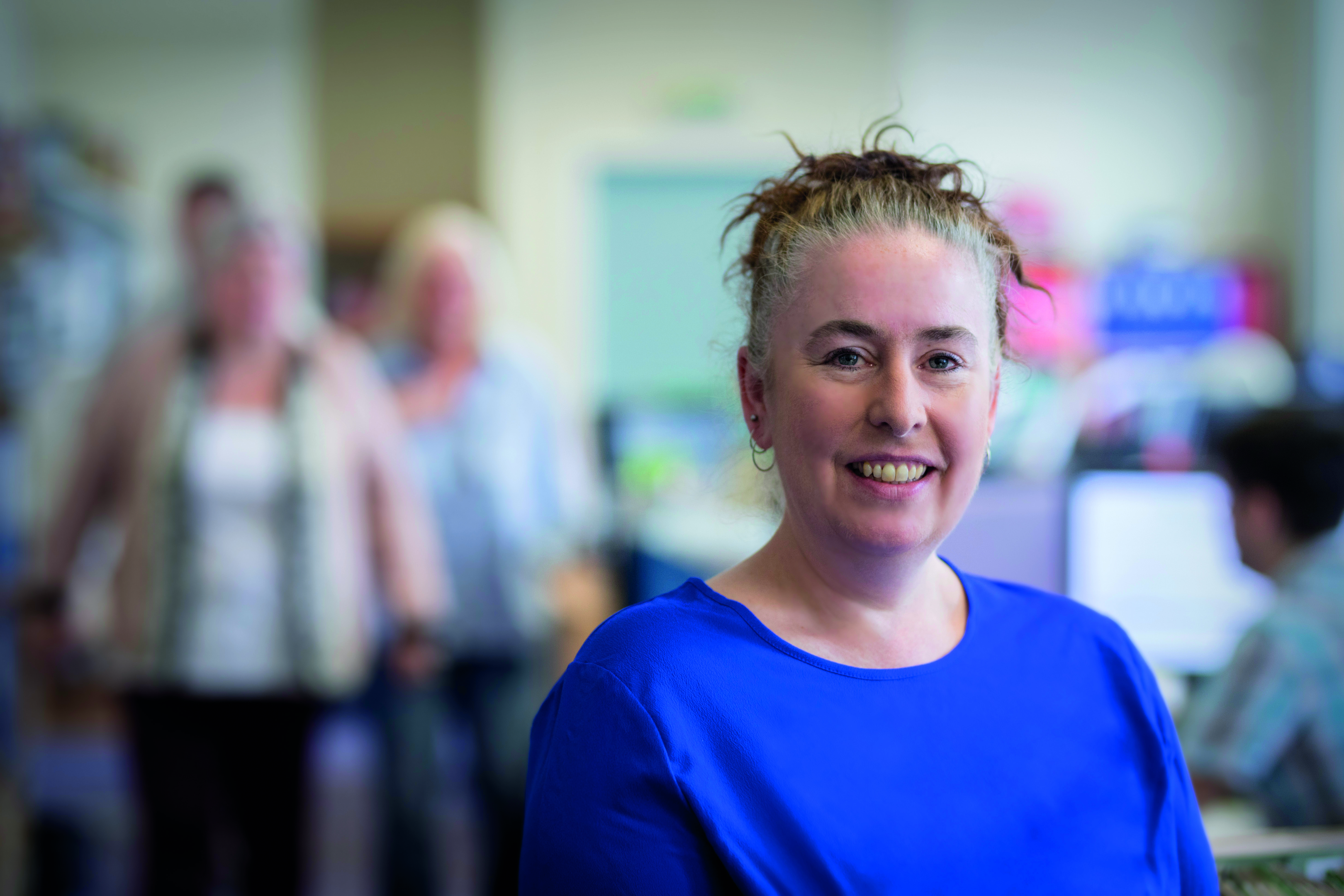Men could hold the key to solving Scotland’s nursing staffing crisis – but many are put off from joining the profession because of stereotypes about their sexuality.
The claim has come from Jacqueline Eccles, Dundee University lecturer in mental health nursing, who said male nurses risked being wrongly labelled gay or sexual predators.
She said only one in 10 nurses were currently male but potential candidates were being dissuaded by outdated stereotypical views of the job.
“The perception that nursing is not for men persists and the experiences of men in nursing demonstrate how pervasive negative stereotypes remain,” she said.
“One study reported that male nursing students felt significantly more visible on the wards than their female counterparts. These men felt an increase in male nurses and nursing students would help them feel less conspicuous.
“It was also reported that male nurses encountered the prejudicial, and incorrect, view that they were either gay or sexual predators.
“The sexuality of females in male-dominated professions is rarely questioned but this appears to be a problem that persists for men in traditionally female-dominated roles.”
Ms Eccles is part of a campaign called Men Do Care, which aims to encourage more males to take up nursing.
Her comments for The Conversation website, which shares academic research with the wider public, came after a new survey by the Royal College of Nursing raised serious concerns about staffing on hospital wards.
In a survey of more than 3,000 RCN members, 51% said their last shift had not been staffed to the planned level and 53% said patient care was compromised as a result.
Over half (54%) of respondents reported that they didn’t have enough time to provide the level of care they would like, 47% said that they felt demoralised and over half (54%) said are upset that they could not provide the level of care they wanted.
Theresa Fyffe, director of the Royal College of Nursing in Scotland, said:“Over 3,000 nursing staff in Scotland have chosen to speak out about the challenges which they face when they go to work each day. Nursing staff are blowing the whistle on how just how untenable the situation is for them and for the people they care for.
“For too long the concerns of Scotland’s nursing teams have been ignored, and the care of patients in hospitals and in their own homes has suffered as a result.
“The Scottish Government has the opportunity with its proposed safe staffing legislation to address these challenges and to safeguard nursing in Scotland for generations to come.
“Nursing teams on the frontline have spoken out; it is now up to those in positions of power to listen and to act.”
Ellen Hudson, RCN Associate Director, added: “It’s really important that we encourage as many people as possible into nursing.
“Helping more men to understand what a rewarding and highly skilled profession nursing is, would certainly be one way of starting to fill the record number of nursing vacancies we’re seeing at the moment.
““The growing demands on health services mean that more nurses with the right level of complex decision-making skills and technical know-how are needed urgently. Registered nurses are clinical decision-makers, with considerable experience of caring for people with multiple or complex conditions. They need to have the best possible preparation in their education to carry out such a complex role.
“Regardless of gender, it’s about care and compassion, as well as the skills and knowledge that individuals bring to the job. The characteristics that make a good nurse are not gender-specific”
Health Secretary Shona Robison said: “The link between safe and sustainable staffing levels and high quality care is well established. Scotland has led the UK in the development of nursing and midwifery workload and workforce planning tools, ensuring we have the right number of staff, with the right skills, in place.
“We have committed to enshrine safe staffing in law, including placing the nursing and midwifery workforce planning tools on a statutory footing.
She continued: “In addition, we are creating an estimated 2,600 extra nurse and midwifery training places over the next four years. This is part of a wider package of measures to support and sustain the nursing workforce.
“We are committed to promoting and maintaining equality and diversity in all walks of life, including for students undertaking nursing and midwifery pre-registration programmes.”










